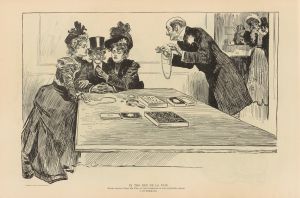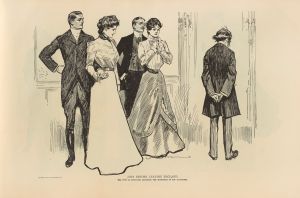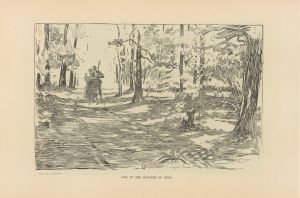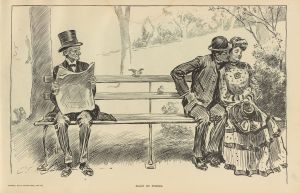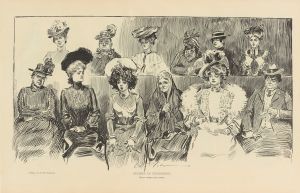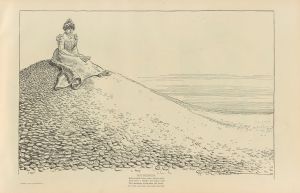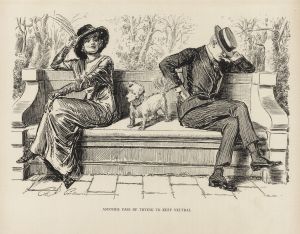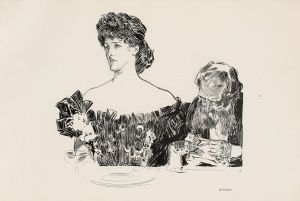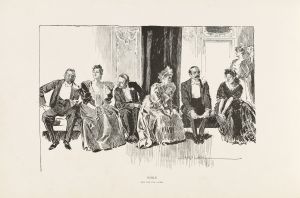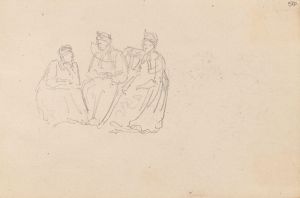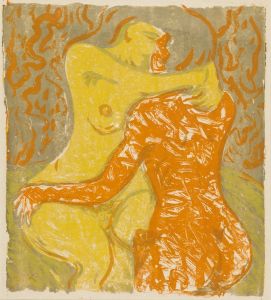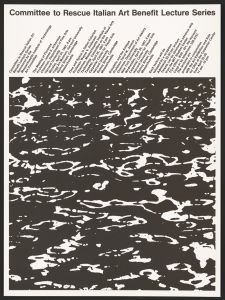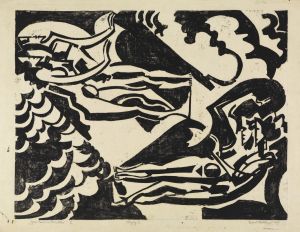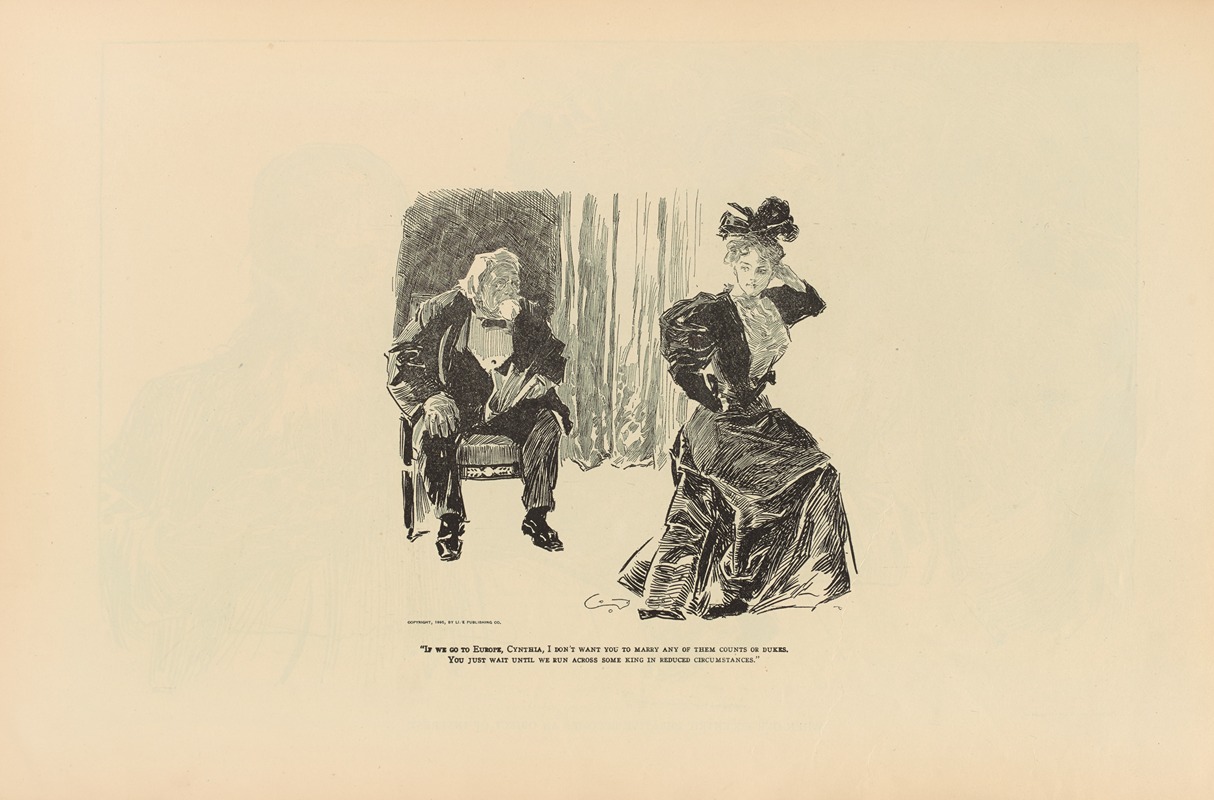
‘If we go to Europe, Cynthia, I don’t want you to marry any of them counts or dukes’
A hand-painted replica of Charles Dana Gibson’s masterpiece ‘If we go to Europe, Cynthia, I don’t want you to marry any of them counts or dukes’, meticulously crafted by professional artists to capture the true essence of the original. Each piece is created with museum-quality canvas and rare mineral pigments, carefully painted by experienced artists with delicate brushstrokes and rich, layered colors to perfectly recreate the texture of the original artwork. Unlike machine-printed reproductions, this hand-painted version brings the painting to life, infused with the artist’s emotions and skill in every stroke. Whether for personal collection or home decoration, it instantly elevates the artistic atmosphere of any space.
Charles Dana Gibson was an influential American illustrator best known for his creation of the "Gibson Girl," a representation of the idealized American woman at the turn of the 20th century. His work was widely published in magazines such as Life, Scribner's, and Harper's, and he became one of the most celebrated illustrators of his time.
The illustration titled "If we go to Europe, Cynthia, I don’t want you to marry any of them counts or dukes" is one of Gibson's many works that humorously depict social situations and the cultural norms of his era. This particular piece reflects the American attitudes towards European aristocracy during the late 19th and early 20th centuries, a time when wealthy Americans often traveled to Europe and sometimes married into European nobility.
Gibson's illustrations often contained a satirical edge, capturing the social dynamics and tensions of his day. In this illustration, the dialogue suggests a protective or perhaps possessive sentiment from an American man towards a woman named Cynthia, cautioning her against marrying into European nobility. This reflects a broader cultural narrative of the time, where American wealth was on the rise, and there was both fascination and skepticism about European titles and the old-world aristocracy.
The "Gibson Girl" itself, while not necessarily depicted in this specific illustration, was a significant cultural icon created by Gibson. She embodied independence, confidence, and beauty, and was often portrayed in various social settings that highlighted her poise and modernity. The "Gibson Girl" became a standard of feminine beauty and social grace in the United States, influencing fashion and societal expectations.
Gibson's work, including this illustration, is characterized by its detailed pen-and-ink style, capturing the nuances of expression and attire. His ability to convey complex social commentary through simple yet elegant drawings made his work both popular and influential.
The illustration "If we go to Europe, Cynthia, I don’t want you to marry any of them counts or dukes" is a reflection of the cultural exchanges and attitudes of the time, encapsulating the blend of admiration and caution that characterized American views towards Europe. It serves as a humorous yet insightful commentary on the social aspirations and concerns of the American upper class during the Gilded Age.
Overall, Charles Dana Gibson's work remains a valuable historical resource, offering insights into the cultural and social dynamics of his era through the lens of humor and art. His illustrations continue to be appreciated for their artistic merit and their ability to capture the spirit of an age.





